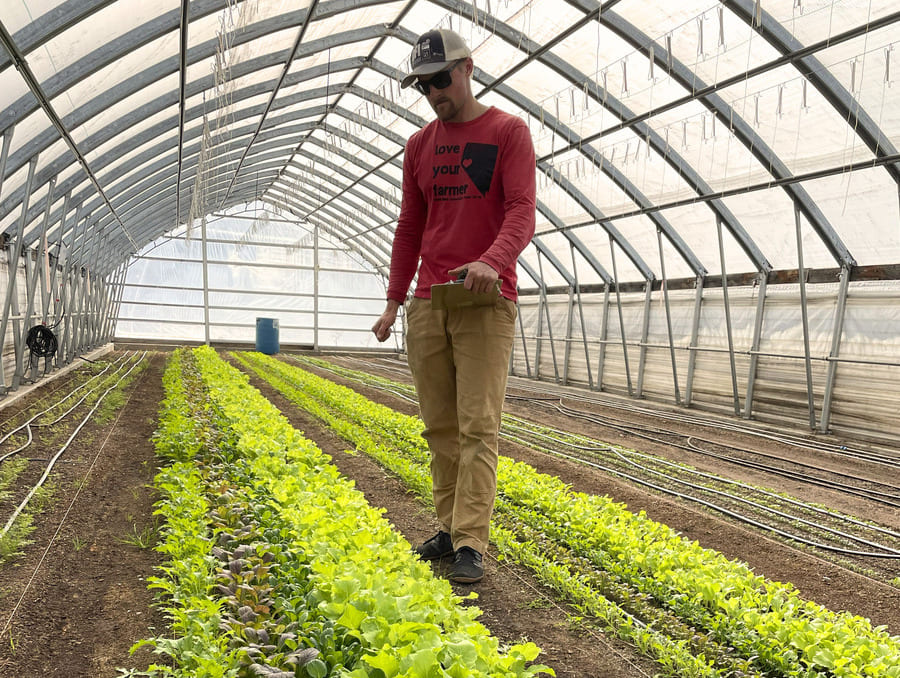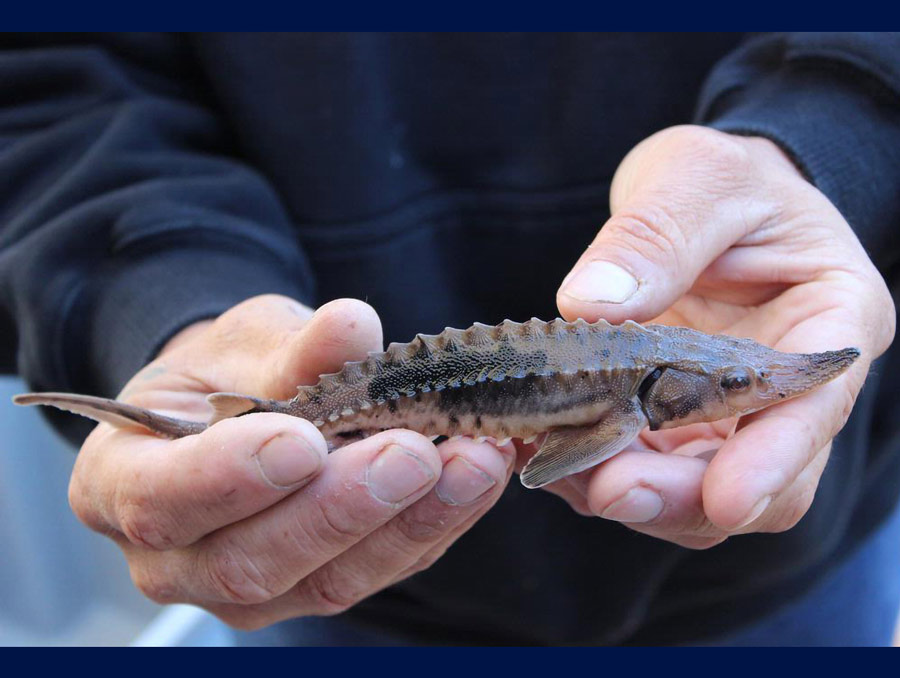There’s a lot you probably don’t know about colon cancer screening – and maybe you don’t want to know.
“It’s not exactly the favorite water-cooler conversation,” says Paul Devereux, associate professor in the School of Community Health Sciences at the University of Nevada, Reno. “People don’t usually even want to discuss getting a colonoscopy, let alone go through the process of getting one.”
According to the Kaiser Family Foundation, Nevadans have a particularly difficult time going in for screening when they should, at age 50. Only 55.7 percent of Nevadans age 50 or older have ever had a colonoscopy or sigmoidoscopy (similar to a colonoscopy). That’s the sixth-worst colon cancer-screening rate in the nation. And, Nevada women 50 years or older fare even worse. They have the worst colon cancer-screening rate in the nation – 51.8 percent.
“Some women tend to think that colon cancer is more of a risk for men,” Devereux said. “But, the fact is, colon cancer is the third-leading cause of cancer deaths in the United States, for both men and women.”
Understanding that getting screened for colon cancer ranks right up there with having a root canal done for most people, Devereux has teamed up with the Nevada Cancer Institute and the Nevada Colon Cancer Partnership to not only encourage all Nevadans over 50 to get screened, but to guide them through the process, which can be daunting.
Devereux says this model, using a “patient navigator,” has proven very successful in helping patients who already have cancer navigate through the system to get the care they need. Now, Devereux is using that same model to help people navigate through the system to get the screening they need. Devereux says that programs in Massachusetts and New York have used “screening patient navigators” for colon cancer screening with success.
Screening patient navigators provide a bridge to the healthcare system. They educate patients about colon cancer and screening procedures, and supply other services such as language assistance, scheduling appointments, and assisting with paperwork. Once an individual agrees to be screened, someone will guide the patient through the system, right up to the day of the appointment, if needed.
“Ultimately, we want to increase the screening rate because we know that increased screening rates will save lives,” he said. “Colon cancer can be prevented by the early detection and removal of polyps, and there is a 90 percent survival rate if it is found before it spreads.”
Devereux said that most insurance plans, including Medicare, pay for colonoscopies for those over age 50 or at increased risk, but many people don’t know it. And, colonoscopies are typically only needed every 10 years. Devereux’s group will be working with senior centers, retirement-living facilities and major employers to try to get their residents and employees on the path to getting screened. The group also plans to work with primary care physicians and health insurance companies to send information about the service to those who should be screened.
“The patient navigators, supervised by the Nevada Cancer Institute, will work with them to break down any barriers – whether those barriers are fear, misbeliefs, logistical, cultural, financial or other reasons,” he said.
Susan Robinson, community resource liaison for the Nevada Cancer Institute, says that her navigators are trained to help people with these types of difficulties.
“By providing one-on-one assistance to help people through the process of getting screened, we know that we will have a significant impact on our community,” she said. “By providing this assistance and working together, we believe that hundreds of lives of Nevadans can be saved.”
Devereux says he’s confident that this two-year program, just getting off the ground now, is going to be a success, mostly because of his partners, such as the Nevada Cancer Institute, and the strong community partnership – among the physicians, clinics, nonprofit agencies and the University. He has even enlisted the help of UC Davis’ Community Engagement Program to help his group reach out to those who may be more difficult to reach, such as certain ethnic populations.
The $340,000 per year for the program was awarded by the National Center for Research Resources at the National Institutes of Health, with funds from the American Recovery and Reinvestment Act. But, Devereux says his goals go much beyond the 10 percent increase in screening rates that he hopes to achieve within the two-year period.
“Our real goal is to get things in motion so that after this grant ends, the increased screening continues,” he said. “We think that once we all pitch in to get this rolling, there will be a desire to keep it going and we will have some systems in place to be able to do so.”
Those seeking assistance in scheduling a colonoscopy or needing more information should call (775) 356-8800.
The grant for this program was a supplement to the Nevada INBRE (IDEA Network of Biomedical Research Excellence), a National Institute of Health-supported project to develop biomedical research across the state with activities at Nevada’s research universities and colleges, directed by James Kenyon, professor of physiology and cell biology at the University of Nevada School of Medicine. The supplement will enable the project to develop a new area of community engagement that will benefit Nevadans and expand the scope of biomedical research activities in the state.











